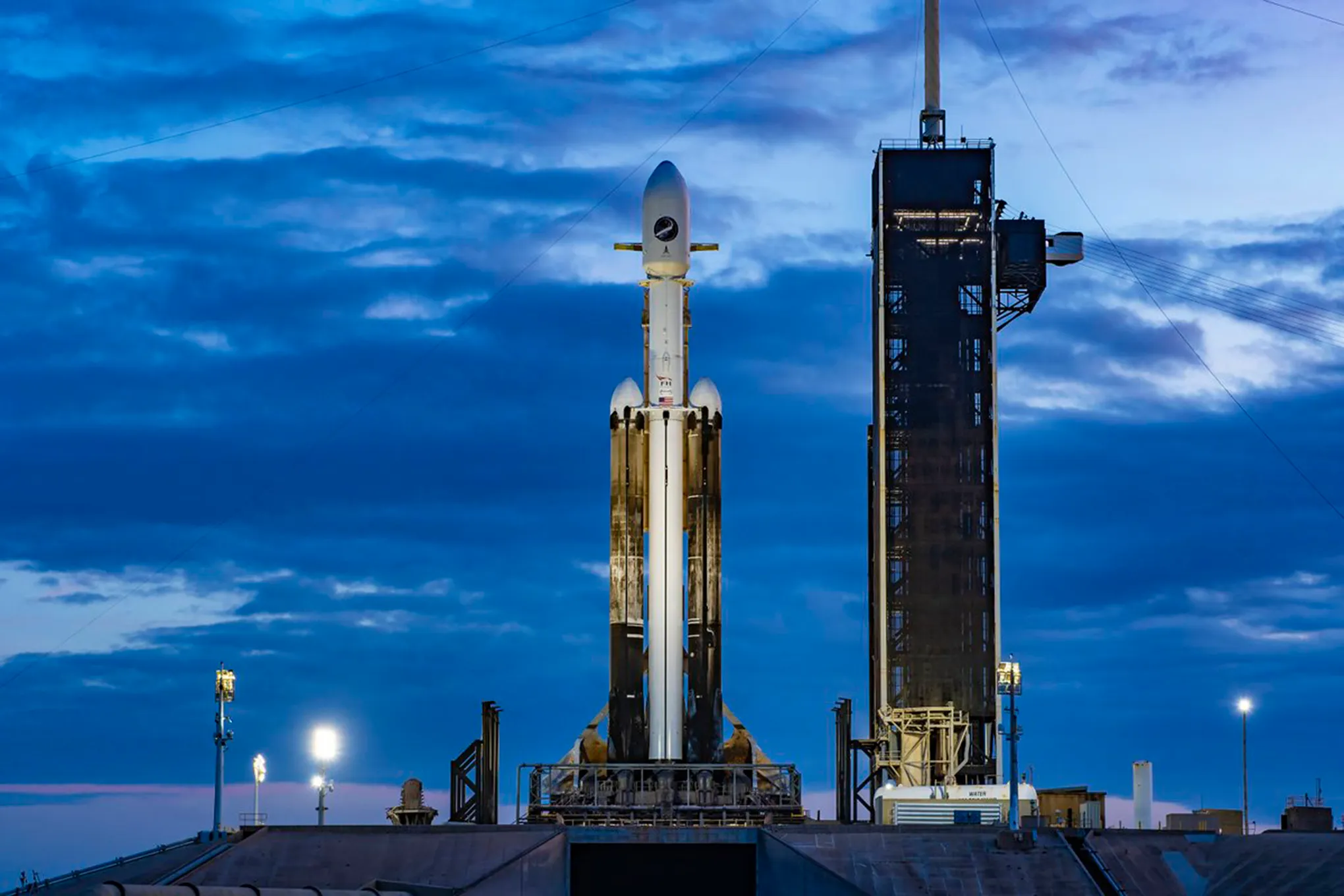In a monumental development in the aerospace sector, three of the most prominent U.S. space companies—SpaceX, United Launch Alliance (ULA), and Blue Origin—have secured a combined total of $13 billion in contracts for national security space missions. These awards, issued under Phase 3 of the National Security Space Launch (NSSL) program, signal not only a significant financial boost for the commercial spaceflight industry but also a strategic shift in how the U.S. Department of Defense approaches national security in space.
This initiative represents a crucial part of the United States’ long-term strategy to ensure space superiority and resilience, especially as competition in low-Earth orbit (LEO), geostationary orbit (GEO), and beyond becomes more intense. Let’s explore the broader implications, breakdowns, and potential impact of this major move.
Understanding the National Security Space Launch (NSSL) Program
The NSSL program, administered by the U.S. Space Force, is designed to provide reliable and secure access to space for critical national security payloads. These missions typically involve the launch of highly sensitive military and intelligence satellites used for surveillance, missile detection, secure communications, GPS navigation, and more.
In recent years, the NSSL program has increasingly looked to the private sector to provide launch services—signaling a departure from reliance on exclusively government-built and -operated systems. The Phase 3 launch service procurement (LSP), which covers the period from fiscal years 2025 through 2029, marks the largest expansion of public-private cooperation in U.S. military space launch history.
The Big Three: Who Got What?
SpaceX: Leading the Pack
SpaceX, the brainchild of entrepreneur Elon Musk, emerged with the largest portion of the $13 billion pie. With an award of approximately $5.9 billion, SpaceX has been tasked with conducting 28 missions over the contract period.
This development is no surprise. SpaceX’s Falcon 9 and Falcon Heavy rockets have proven their reliability and cost-effectiveness in previous launches. The company’s ability to quickly turn around launch vehicles, especially with reusable boosters, has positioned it as a top choice for both civilian and military contracts.
Beyond the existing hardware, the upcoming missions are expected to involve newer technologies, including the Starship heavy-lift vehicle, which could revolutionize military logistics and deep-space reconnaissance capabilities.
United Launch Alliance (ULA): Steady and Reliable
ULA, a joint venture between aerospace giants Boeing and Lockheed Martin, secured around $5.3 billion to perform 19 launches. ULA has long been a trusted partner of the U.S. government for national security space missions, thanks to its Delta IV Heavy and Atlas V rockets—both known for their precision and reliability.
Looking ahead, ULA plans to shift more of its national security operations to its next-generation Vulcan Centaur rocket, which is currently in the final phases of development. The Vulcan aims to offer a more cost-effective solution while maintaining the company’s high standard of mission assurance.
ULA’s long-standing relationship with the Department of Defense, along with its reputation for reliability, made it a natural choice to continue providing essential launch services.
Blue Origin: Entering the Arena
Perhaps the most notable development is the inclusion of Blue Origin, founded by Amazon’s Jeff Bezos, in the roster of NSSL awardees. Blue Origin was granted $2.3 billion for seven national security missions—its first such awards under this program.
The contract is a significant win for Blue Origin, whose New Glenn launch vehicle has yet to complete its maiden flight. However, the confidence shown by the Pentagon signals a belief in the company’s long-term viability and its potential to diversify the country’s launch capabilities.
Blue Origin’s inclusion not only introduces a third player into what was previously a duopoly between SpaceX and ULA but also injects fresh competition that could drive innovation, cost savings, and accelerated timelines.
Why This Matters for National Security
The ability to rapidly deploy satellites into space has become a cornerstone of modern defense strategy. With the rise of potential space-based threats, including anti-satellite weapons and cyber intrusions targeting space infrastructure, it is essential for the U.S. to maintain superior access and responsiveness in space.
Here’s why the recent contract awards matter:
-
Redundancy and Resilience: Relying on multiple providers ensures mission continuity even if one provider experiences delays or technical issues.
-
Cost Efficiency: Increased competition can reduce overall costs, especially as companies like SpaceX and Blue Origin continue to develop reusable rockets.
-
Rapid Deployment: Having three active contractors increases the frequency and flexibility of launches, which is critical in times of international crisis or technological necessity.
-
Innovation Incentives: The contracts incentivize companies to innovate quickly and improve performance standards to secure future missions.
Strategic Implications
Shift Toward Commercial Providers
The increasing reliance on commercial providers for military space launch services indicates a broader trend toward privatization in U.S. defense strategy. This approach not only leverages the innovation speed of private firms but also helps the government avoid the high costs associated with developing and maintaining in-house launch capabilities.
Additionally, companies like SpaceX have already demonstrated how commercial innovation can outpace traditional government-funded space development timelines.
Supporting Space Force Objectives
The U.S. Space Force, the newest branch of the U.S. military, stands to benefit immensely from this shift. The NSSL Phase 3 contracts directly support its mission to organize, train, and equip forces to protect U.S. and allied interests in space.
As tensions rise with near-peer competitors like China and Russia, ensuring prompt and secure satellite deployment becomes a strategic necessity, and the Space Force is now better equipped to meet that need.
Risk Management and Accountability
While the contracts are substantial, they are not without risks. Blue Origin, for instance, has yet to launch New Glenn, and any delays or technical issues could set back critical missions. However, the NSSL program is designed with performance milestones and strict oversight to ensure accountability.
SpaceX and ULA, both of which have established track records, offer a layer of assurance. Even so, these companies will be held to strict timelines and mission requirements that reflect the sensitive nature of the payloads involved.
Economic and Technological Ripple Effects
These contracts aren’t just about defense—they are also expected to stimulate job creation, infrastructure growth, and regional development. Facilities in Florida (Cape Canaveral), California (Vandenberg), and Texas (Boca Chica) will likely see increased activity, bringing economic benefits to those regions.
Moreover, the technologies developed under these contracts often find applications beyond the military. Advances in propulsion, telemetry, launch pad design, and vehicle reusability can ultimately benefit the broader commercial space sector, including space tourism, asteroid mining, and lunar colonization efforts.
The Future of U.S. Space Dominance
With the NSSL Phase 3 contracts awarded, the United States has laid down a robust foundation for its future space dominance. The competition between SpaceX, ULA, and Blue Origin will likely yield faster innovation, reduced costs, and improved mission reliability—all crucial factors in maintaining a technological edge in a domain that is growing more contested by the day.
As space becomes increasingly militarized and commercialized, these companies will be at the forefront of a new space race—one driven not just by exploration, but by strategic defense, global positioning, and data supremacy.
Conclusion
The awarding of $13 billion in national security space launch contracts to SpaceX, ULA, and Blue Origin marks a turning point in U.S. space policy. It demonstrates a significant commitment to public-private collaboration, increased resiliency in military operations, and a proactive approach to space as a domain of strategic importance.
By entrusting these missions to three of the most technologically capable companies in the world, the U.S. government is ensuring that it remains a dominant force in space—not just today, but for decades to come. This is more than a procurement decision; it’s a declaration of intent in the new era of space warfare and exploration.



